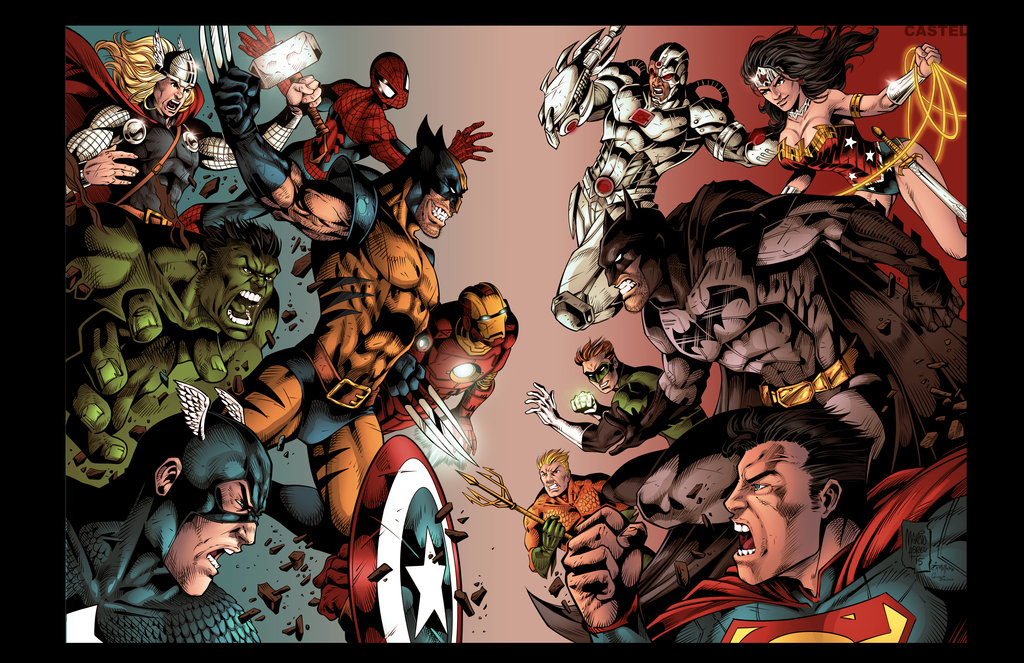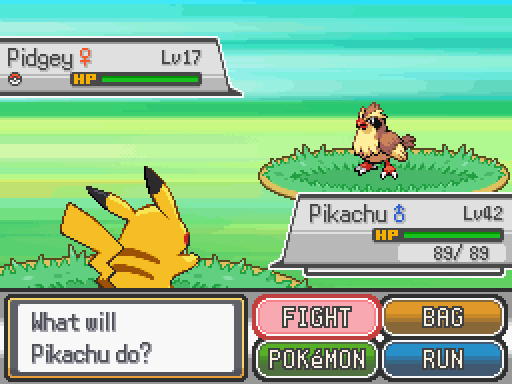And your macro sucks too
Last month, I wrote a post about micro mistakes, and this time I will talk about macro, or macromanagement. In particular, I will talk about 5 macro mistakes and their corresponding real-life examples. Contrary to the last time, when I used Age of Empire to illustrate, I will use Warcraft III in this post.

 Image from Gustavo Santos at DeviantArt
Image from Gustavo Santos at DeviantArt

